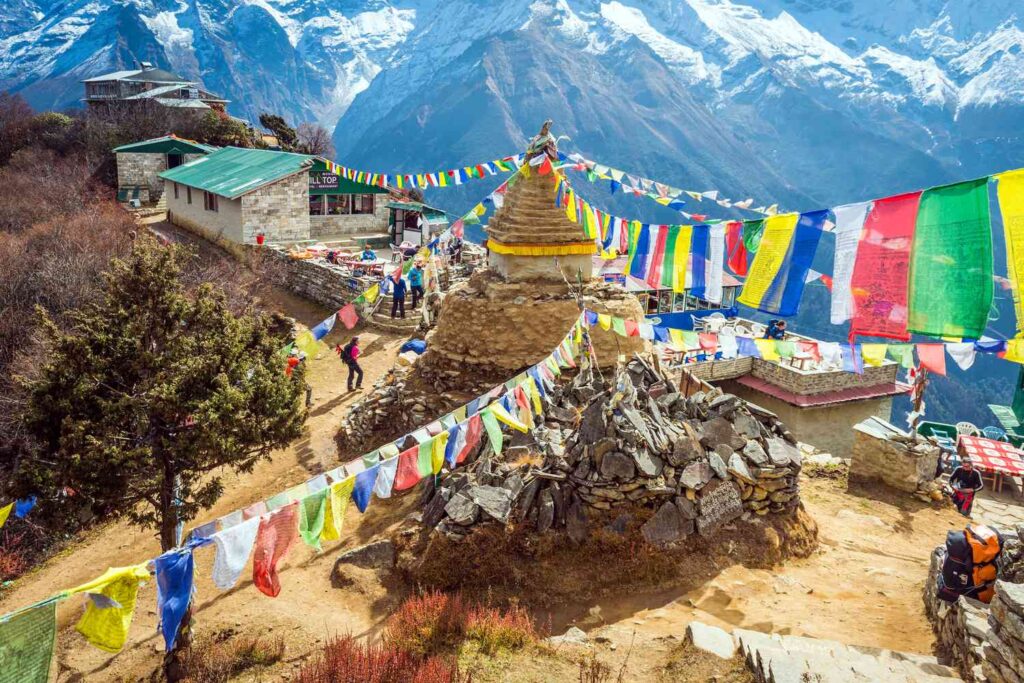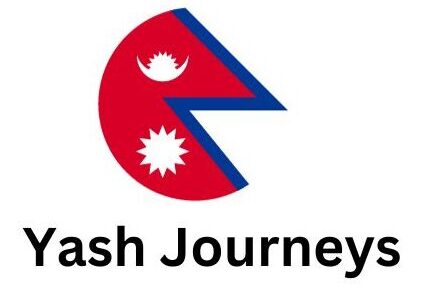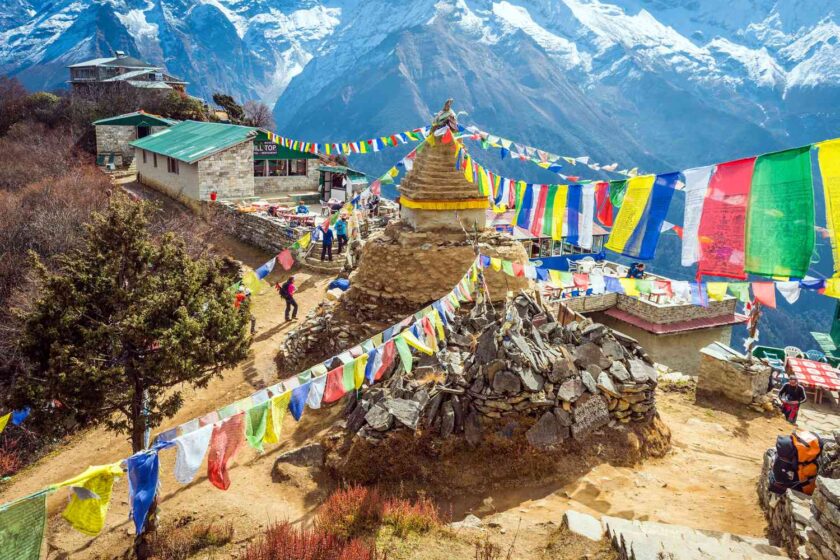Nepal, a land of majestic mountains, rich culture, and vibrant festivals, holds an irresistible charm for travelers around the world. If you’re planning a visit to this enchanting country, it’s essential to consider the best time to immerse yourself in its natural beauty and experience its diverse treasures.
From the breathtaking views of the snow-capped Himalayas to the thrilling wildlife encounters in its national parks, this article will guide you through the ideal time to explore Nepal’s wonders, ensuring an unforgettable journey filled with warm hospitality and unforgettable memories.
Best Time to Visit Nepal
Nepal is a beautiful country that offers a diverse range of landscapes, from the towering peaks of the Himalayas to the lush valleys and vibrant cities. Whether you’re planning a trekking adventure or simply wanting to explore the rich cultural heritage, it’s important to consider the best time to visit Nepal. The weather and the various seasons play a significant role in determining the ideal time for different activities. In this comprehensive guide, we’ll explore the different seasons in Nepal, the weather conditions, the peak and off-peak tourist seasons, as well as the popular festivals and events that take place throughout the year.
Seasons in Nepal
Nepal experiences five distinct seasons throughout the year: spring, summer, monsoon, autumn, and winter. Each season has its own unique charm and offers different opportunities for exploration and adventure.
Spring
Spring in Nepal, which falls between March and May, is considered one of the best times to visit the country. The weather during this season is mild and pleasant, with temperatures ranging from 15°C to 25°C (59°F to 77°F) in the lower regions. The higher altitudes can still be quite cold, especially in the mornings and evenings.
This time of the year is perfect for trekking and mountaineering, as the skies are generally clear, and the rhododendrons and other flowers are in full bloom, blanketing the hillsides with vibrant colors. The famous rhododendron trek in the Annapurna region is at its most picturesque during spring.
Summer
Summer in Nepal, which spans from June to August, is the hottest season in the country. The temperatures during this time can soar up to 40°C (104°F) in the Terai region. In the higher altitudes, such as in the Kathmandu Valley, the temperatures are more pleasant and range from 20°C to 30°C (68°F to 86°F).
While the higher regions offer a respite from the heat, the lowlands and the Terai region experience heavy rainfall. The monsoon season brings lush greenery to the landscape but can also make transportation and outdoor activities challenging due to the rain.
Monsoon
The monsoon season in Nepal lasts from June to September, with the heaviest rainfall occurring in July and August. This season is characterized by daily downpours and overcast skies. The temperatures during the monsoon season are relatively warm, ranging from 25°C to 35°C (77°F to 95°F) in the lower regions.
While the monsoon season might not be ideal for outdoor activities and trekking, it can be a great time to visit the lush national parks of Nepal, such as Chitwan National Park, where the rainy season brings the wildlife to life.
Autumn
Autumn, which spans from October to November, is considered the best time to visit Nepal by many travelers. The weather during this season is mild and stable, with comfortable temperatures ranging from 15°C to 25°C (59°F to 77°F) in the lower regions. In the higher altitudes, the temperatures can drop significantly, especially during the nights.
Autumn is the perfect time for trekking, as the weather is clear, and the skies are often breathtakingly blue. The famous treks, such as the Everest Base Camp trek and the Annapurna Circuit trek, are at their best during this season. The stunning mountain vistas and the pristine forests make for an unforgettable experience.
Winter
Winter in Nepal, which lasts from December to February, brings cold temperatures, especially in the higher altitudes. The temperatures can drop below freezing, and the mornings and nights can be particularly chilly. In the lower regions, the temperatures range from 5°C to 15°C (41°F to 59°F).
While winter might not be the best time for high-altitude trekking, it can still be a great time to visit the cultural heritage sites and explore the historical cities of Nepal, such as Kathmandu and Bhaktapur. The clear skies and the snow-capped peaks create a picturesque backdrop for sightseeing.

Weather Conditions
Understanding the weather conditions in Nepal is crucial for planning your visit. The weather can vary greatly depending on the season and the region you plan to visit.
Temperature
The temperature in Nepal varies greatly depending on the altitude and the season. In the Terai region and the lower valleys, the temperatures can be quite hot during the summer, reaching up to 40°C (104°F). In the winter, the temperatures can drop below freezing, especially in the higher altitudes.
In the popular trekking regions, such as the Annapurna and Everest regions, the temperatures can range from -10°C to 20°C (14°F to 68°F) during the day, depending on the season and the altitude. It’s important to pack appropriate clothing layers to stay comfortable throughout your adventure.
Precipitation
Nepal experiences a significant amount of precipitation, especially during the monsoon season. The monsoon rains can bring heavy downpours and can make transportation and outdoor activities challenging. In the higher altitudes, snowfall is common during the winter months, which can further impact trekking conditions.
Sunshine Hours
The number of sunshine hours varies throughout the year in Nepal. During the summer and monsoon seasons, the skies are often overcast, and the sunshine is limited. In contrast, during the spring, autumn, and winter seasons, the skies are generally clear, and the sunshine hours are more abundant.
Peak Tourist Seasons
The peak tourist seasons in Nepal are spring and autumn. These seasons offer the best weather conditions, with mild temperatures, clear skies, and stunning views of the mountains.
Spring
Spring, which falls between March and May, is one of the busiest times for tourism in Nepal. The pleasant weather and the blooming flowers attract trekkers and nature enthusiasts from around the world. The famous trekking routes, such as the Everest Base Camp trek and the Annapurna Circuit trek, can get crowded during this time.
Autumn
Autumn, which spans from October to November, is another popular time to visit Nepal. The weather during this season is stable, with clear skies and mild temperatures. The mountains are visible in their full glory, and the trekking routes are at their best. The major festivals and events, such as Dashain and Tihar, also take place during the autumn season, adding to the vibrant atmosphere.
Off-Peak Tourist Seasons
The off-peak tourist seasons in Nepal are summer, monsoon, and winter. While these seasons might have their challenges, they also offer unique experiences and fewer crowds.
During the summer and monsoon seasons, the higher altitudes provide relief from the heat, and the lush greenery creates a scenic landscape. The national parks are teeming with wildlife, making it an excellent time for wildlife enthusiasts.
Winter, on the other hand, offers a quieter and more peaceful experience. The cultural heritage sites are less crowded, and the snow-capped peaks create a magical ambiance. It’s important to note that the higher altitudes may experience heavy snowfall, affecting trekking conditions.
Festivals and Events
Nepal is known for its vibrant festivals and events, which provide a glimpse into the rich cultural heritage of the country. Here are a few major festivals and events that you can experience in Nepal:
Dashain
Dashain is the biggest and most important festival in Nepal. It celebrates the victory of good over evil and is marked by worship, feasting, and merriment. The festival typically falls in late September or early October and lasts for 15 days. During Dashain, the streets are filled with colorful decorations, and the air is filled with joyous celebrations.
Tihar
Tihar, also known as the Festival of Lights, is another major festival in Nepal. It usually takes place in October or November and lasts for five days. Each day of Tihar is dedicated to a different element of nature, such as crows and dogs. The streets are illuminated with decorative lights, and houses are adorned with colorful Rangoli patterns.
Holi
Holi, the Festival of Colors, is widely celebrated in Nepal. The festival marks the arrival of spring and is filled with vibrant colors, music, and dance. During Holi, people smear each other with colored powders and water, creating a lively and joyous atmosphere. The festival usually takes place in March.
Bisket Jatra
Bisket Jatra is a unique and lively festival celebrated in the city of Bhaktapur. The festival usually takes place in April and marks the Nepali New Year. During Bisket Jatra, a huge chariot is pulled through the streets, and the celebration includes cultural performances, merry-making, and rituals.
Gai Jatra
Gai Jatra, or the Festival of Cows, is a vibrant and humorous festival celebrated in August or September. The festival is marked by a procession of people dressed in colorful costumes, along with cows or people dressed as cows. Gai Jatra is believed to help the deceased family members find their way to heaven, and it is a time of remembrance and celebration.
In conclusion, Nepal offers a wide range of experiences throughout the year. The best time to visit Nepal largely depends on your preferences and the activities you plan to undertake. Spring and autumn are the peak tourist seasons, offering the best weather and stunning views. However, the off-peak seasons also have their charm and provide unique opportunities to explore the cultural heritage and natural beauty of the country. Regardless of when you choose to visit, Nepal’s warm and friendly atmosphere will ensure a memorable experience.

